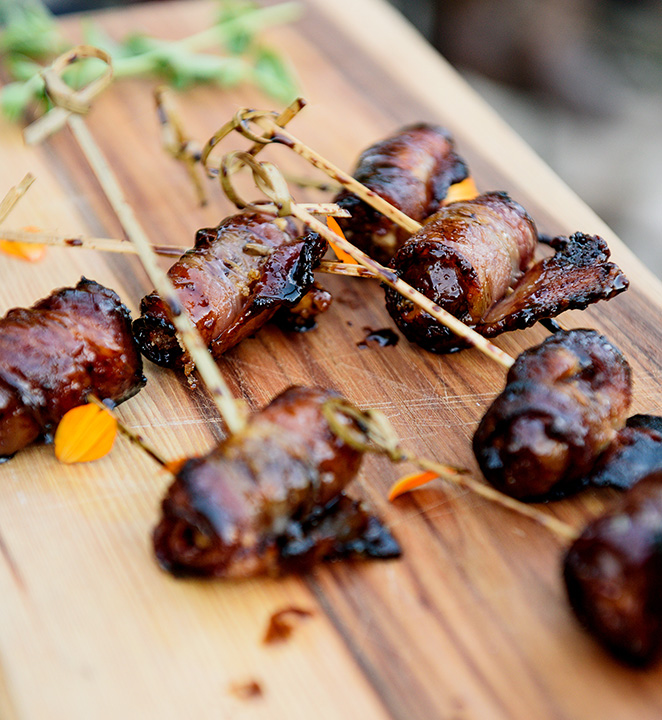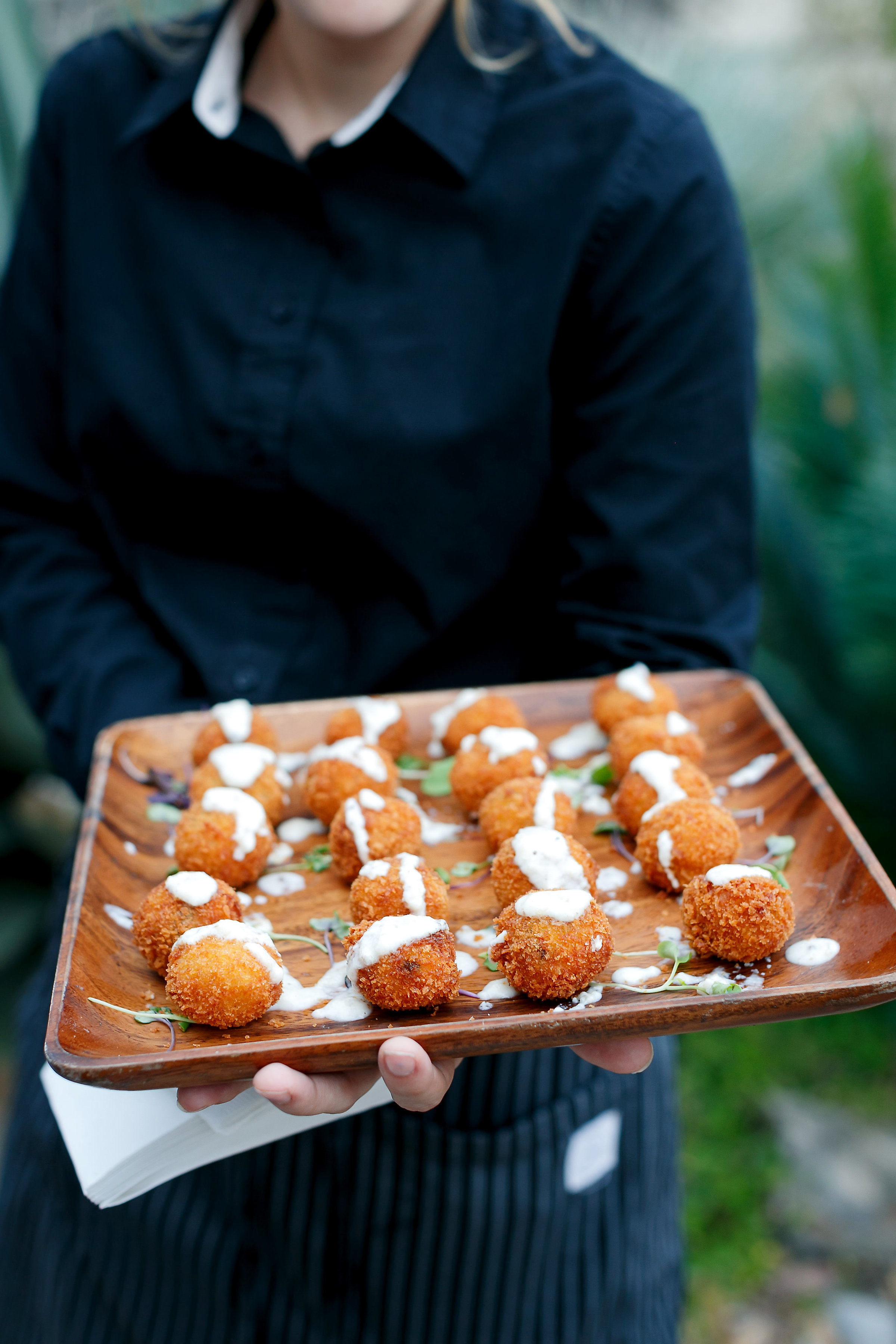Creating price-points for your products and services so that you’re generating a sustainable profit goes beyond simply doing physical markups. Ultimately, it’s our responsibility to take labor costs into consideration, as well as market value and brainpower that goes into crafting menus and dishes. While we have to evaluate the quality of ingredients, actual food costs are important to factor into maximizing your overall profits.
Consider ‘cost’ as a whole
As a business owner, your knee-jerk reaction when thinking about profit might be to raise prices regardless of what you may have originally paid for the product at wholesale. In reality, there is more to think about than actual cost, which is the price at which you paid for the food.

Photo courtesy Jenny DeMarco Photography – www.jennydemarco.com
Market value can give you the upper hand when setting your prices for clients. Seafood or certain cuts of meat are a great example of this. You want to know the worth of your food, but there are some things that clients are naturally willing to pay a bit more for. This also ties into perceived value—if your company offers a high-quality dish and you’ve branded yourself in a way that customers know to expect high standards from your products, they will also likely be willing to pay extra. Customers will oftentimes spring for the caterer that they know will deliver, even if that company charges a tad more than its competition.
Opportunities to increase profits
Take a look at your ‘evergreen’ staples in your pantry. We each have our own specialties, but your core ingredients and spices can actually hold some opportunity to increase your profits if you strategize correctly. Personally, we’ve recognized a spike in popularity for locally-grown and/or organic products based on client requests. It can be tempting to go this route in all aspects of food products, like organic salad dressings.
“Consider what the star of the dish is, and then decide what you’ll be prioritizing.”
However, looking at the content of your dishes, you’ll notice the focal point isn’t condiments or organic nature of the garnishes—it’s actually centered on the integrity of the main course, such as grass-fed meat for example, or cage-free eggs. Although you may have put a lot of effort into sourcing that honey drizzle or ensuring that your dressing is handmade, there’s a high chance it is probably being overlooked. You aren’t taking away from the client’s expectations or experience by springing for a cheaper alternative. Our recommendation is to consider what the star of the dish is, and then decide what you’ll be prioritizing. If you make a habit of going lean where you can without sacrificing the quality of your meals, over the course of a business year or even a quarter you can accumulate major savings and put more money in your pocket.

Photo courtesy Jenny DeMarco Photography – www.jennydemarco.com
Whether you’re running into a slump in profit or simply starting out, there are lots of chances for growth. Maximizing profits should equate to sustainable growth and realistic changes within your business!



